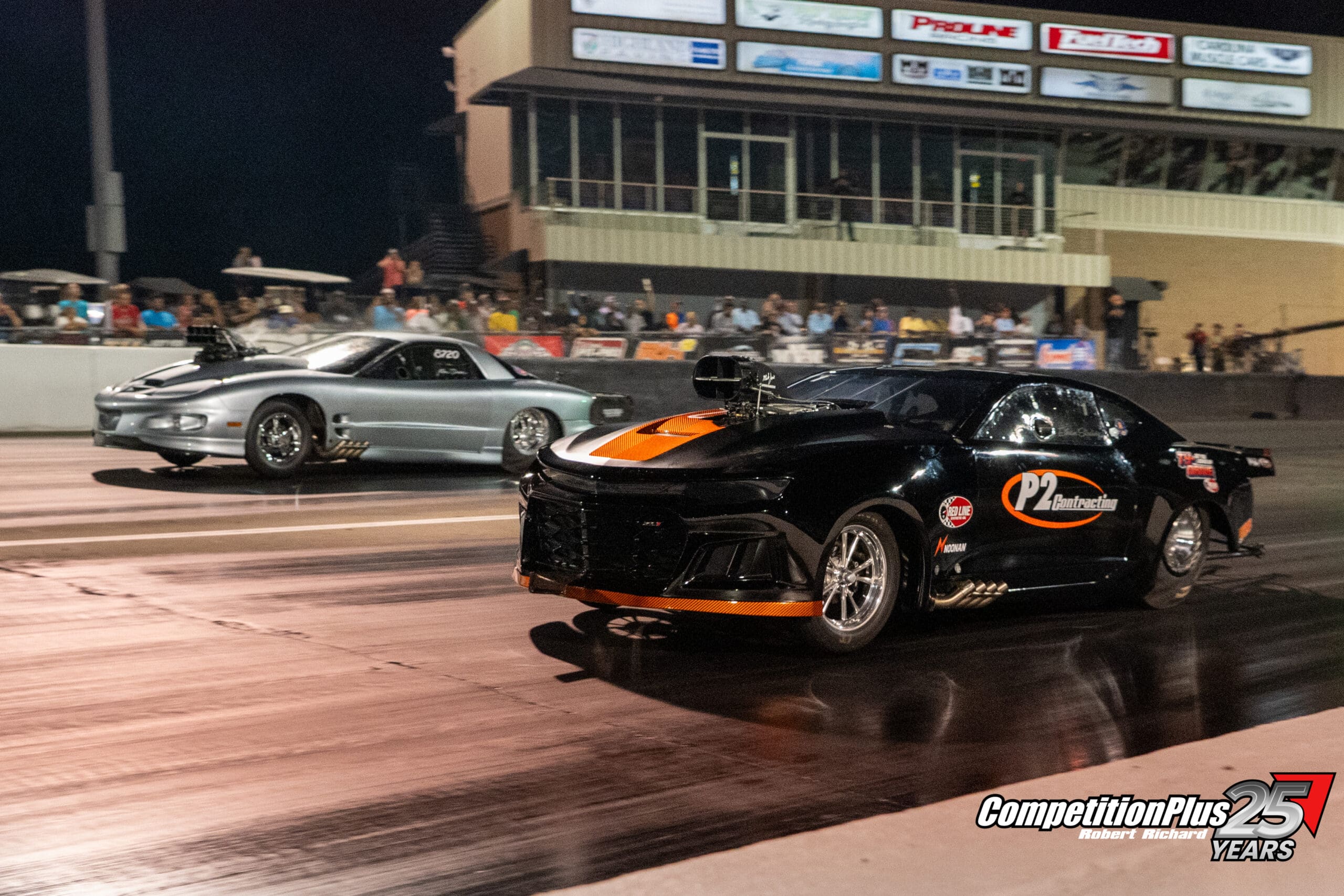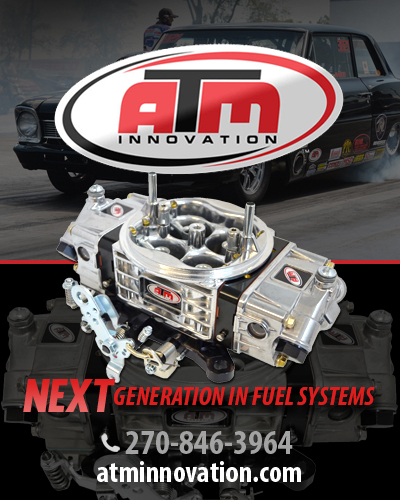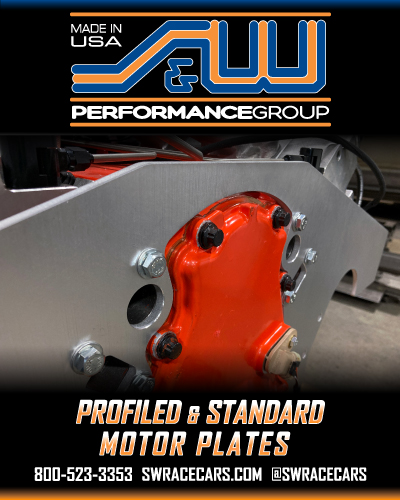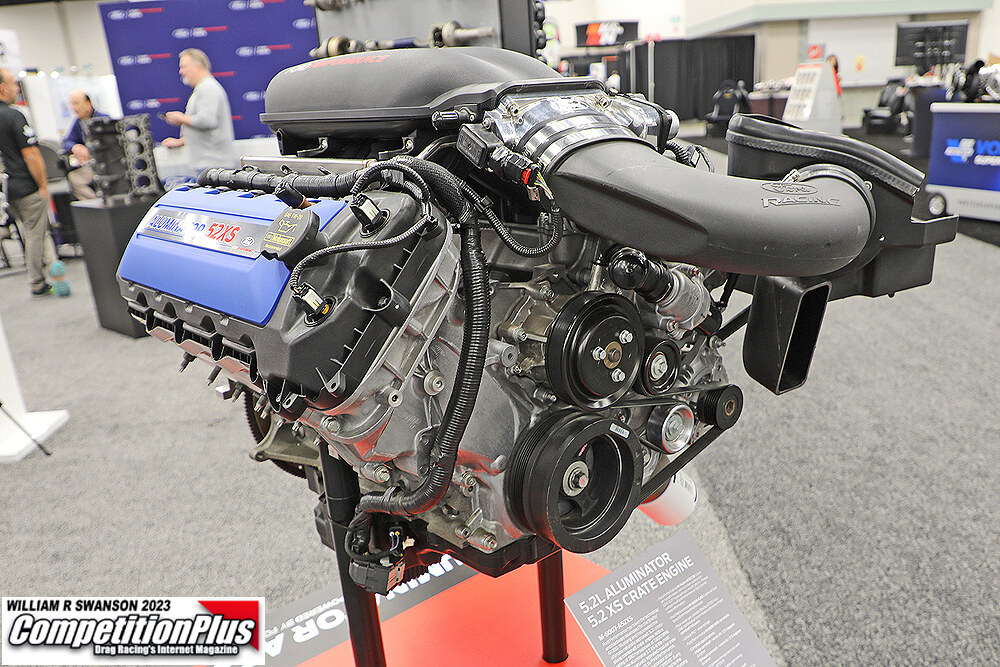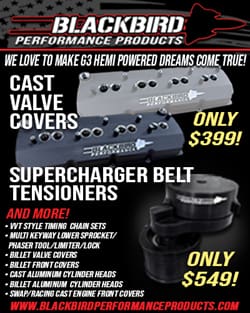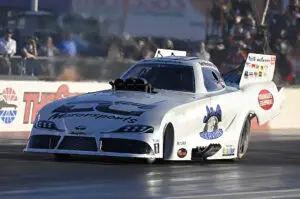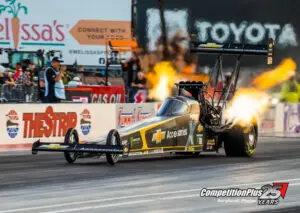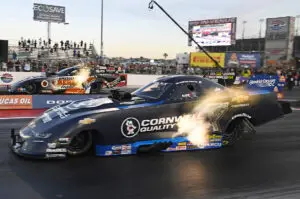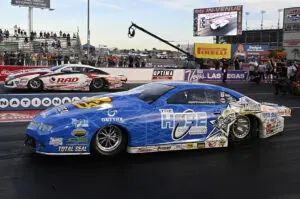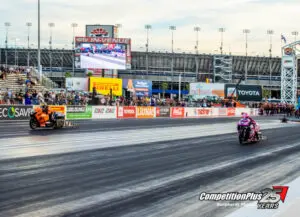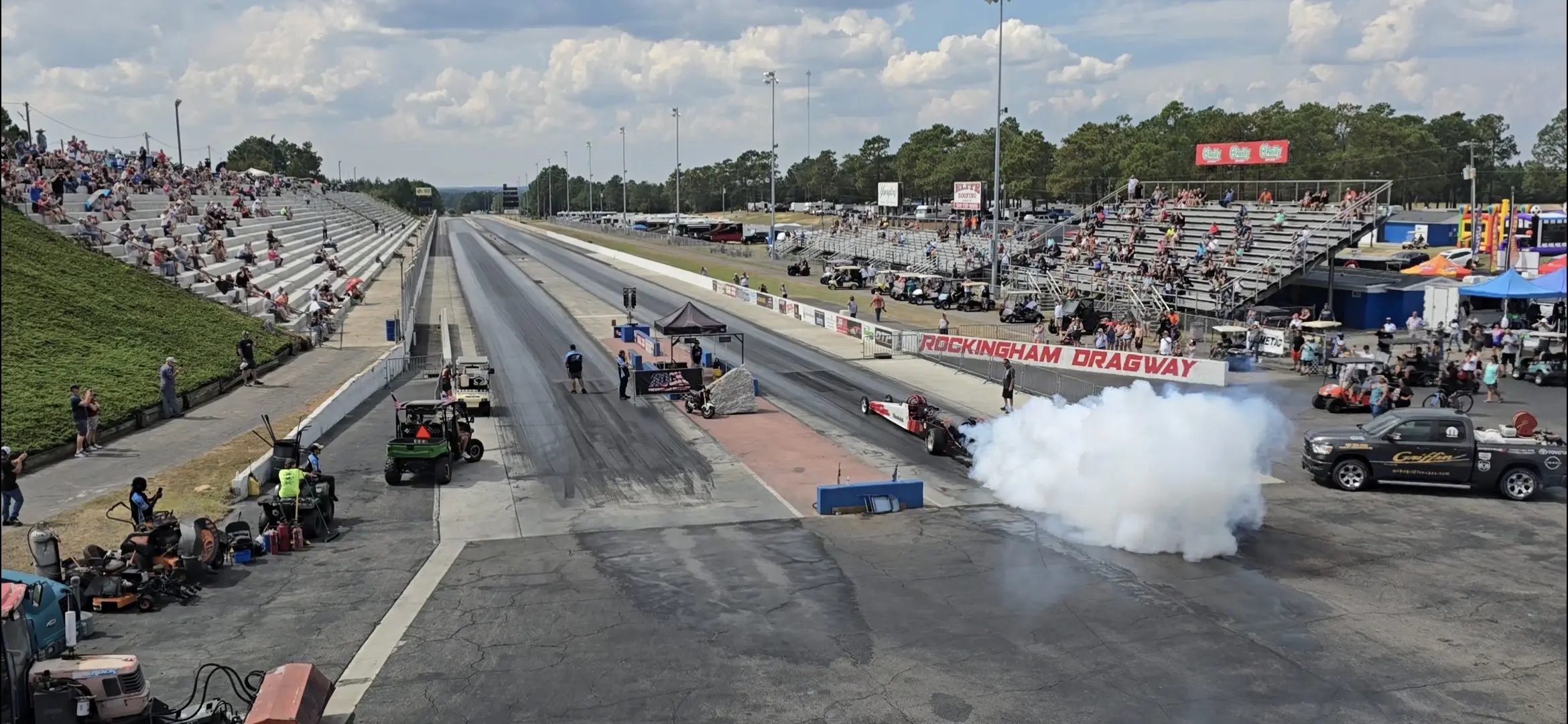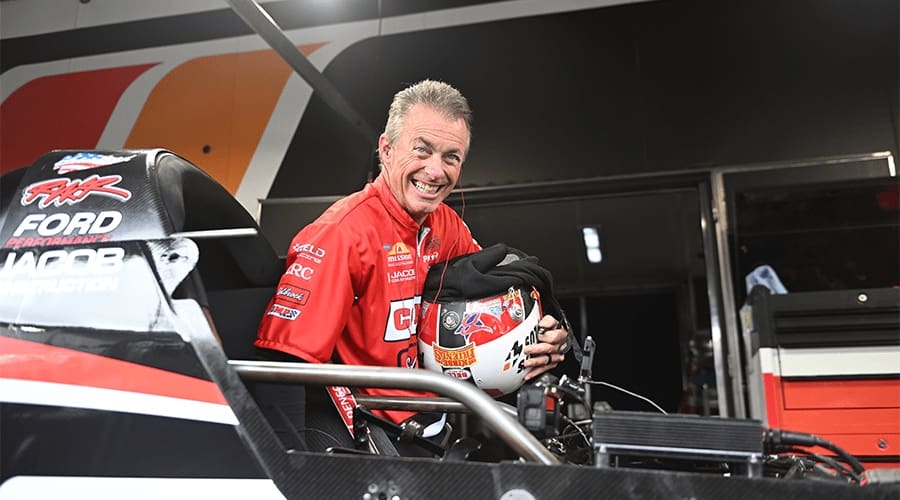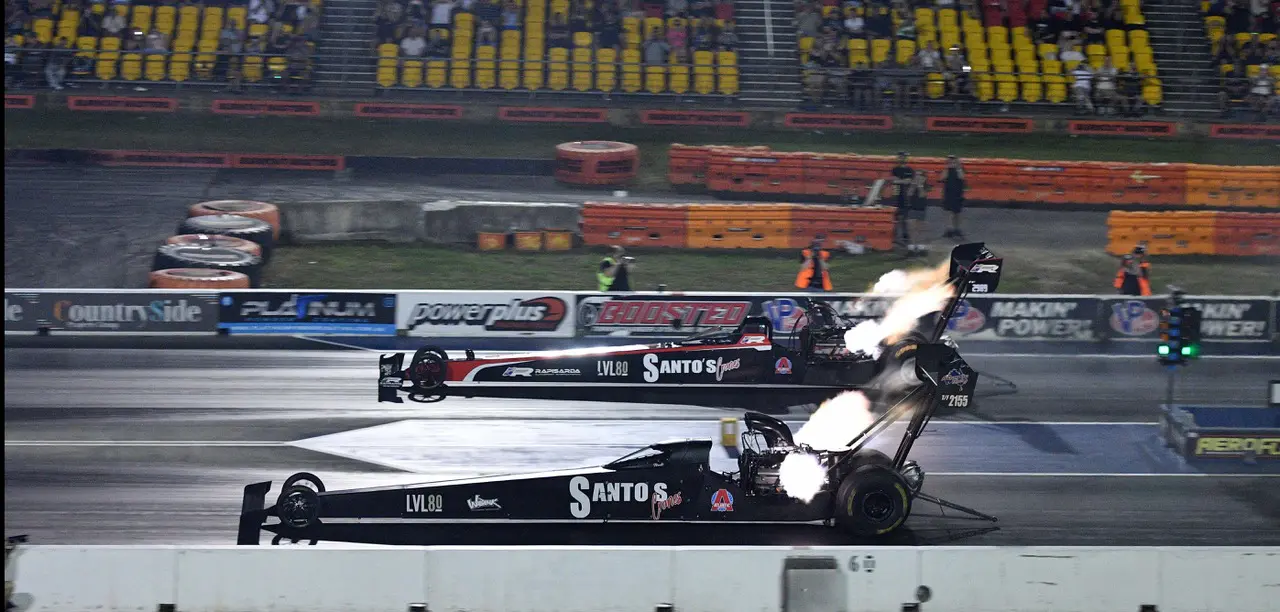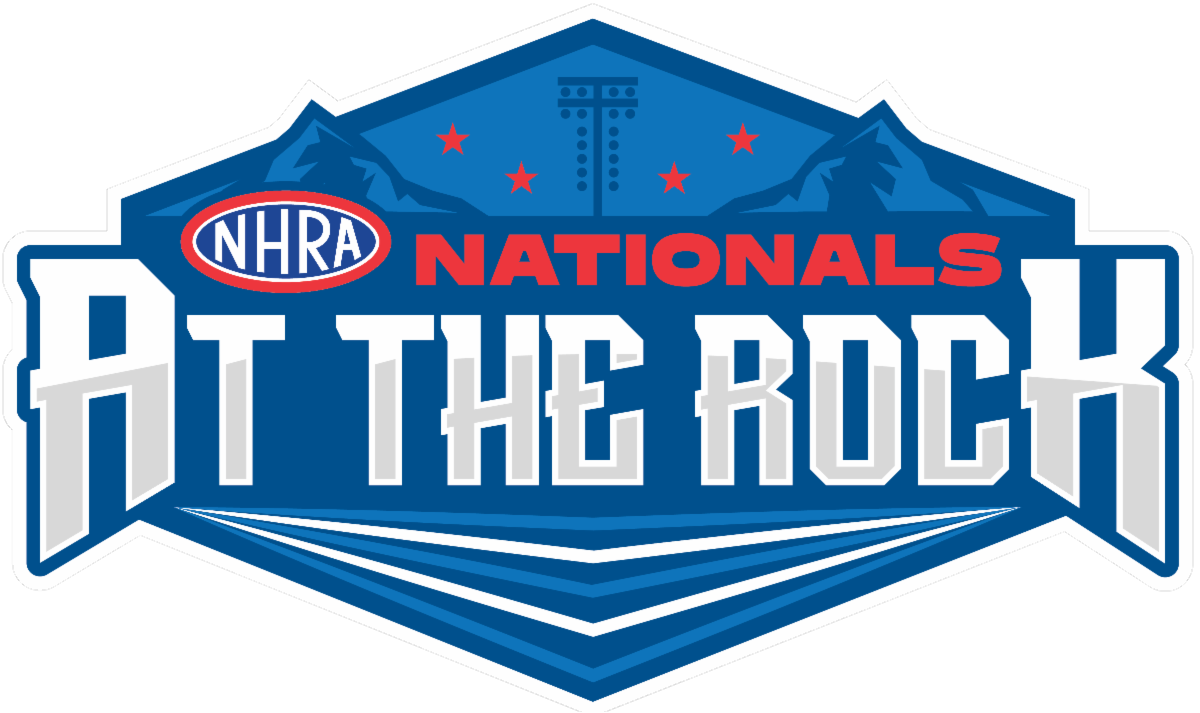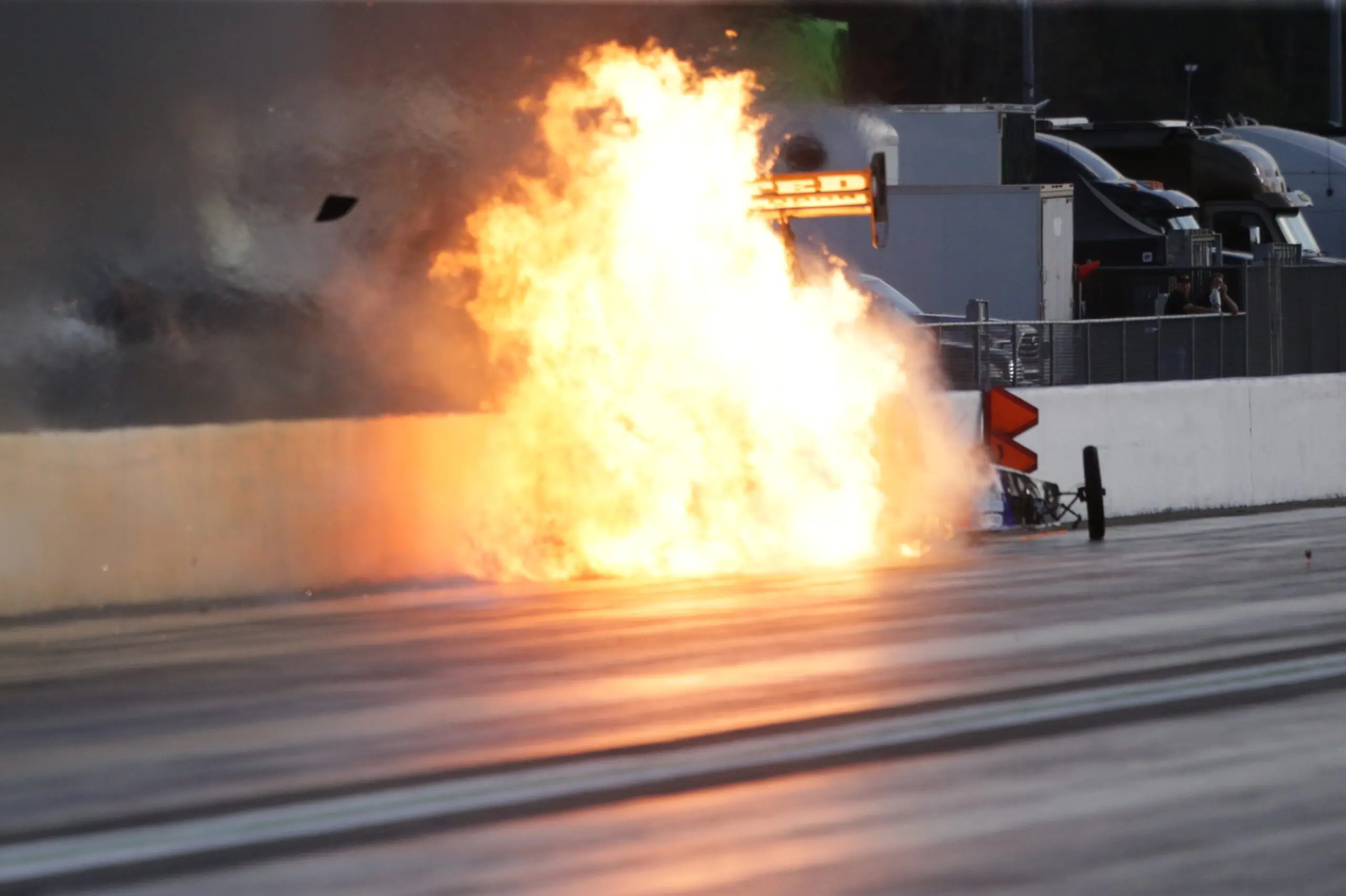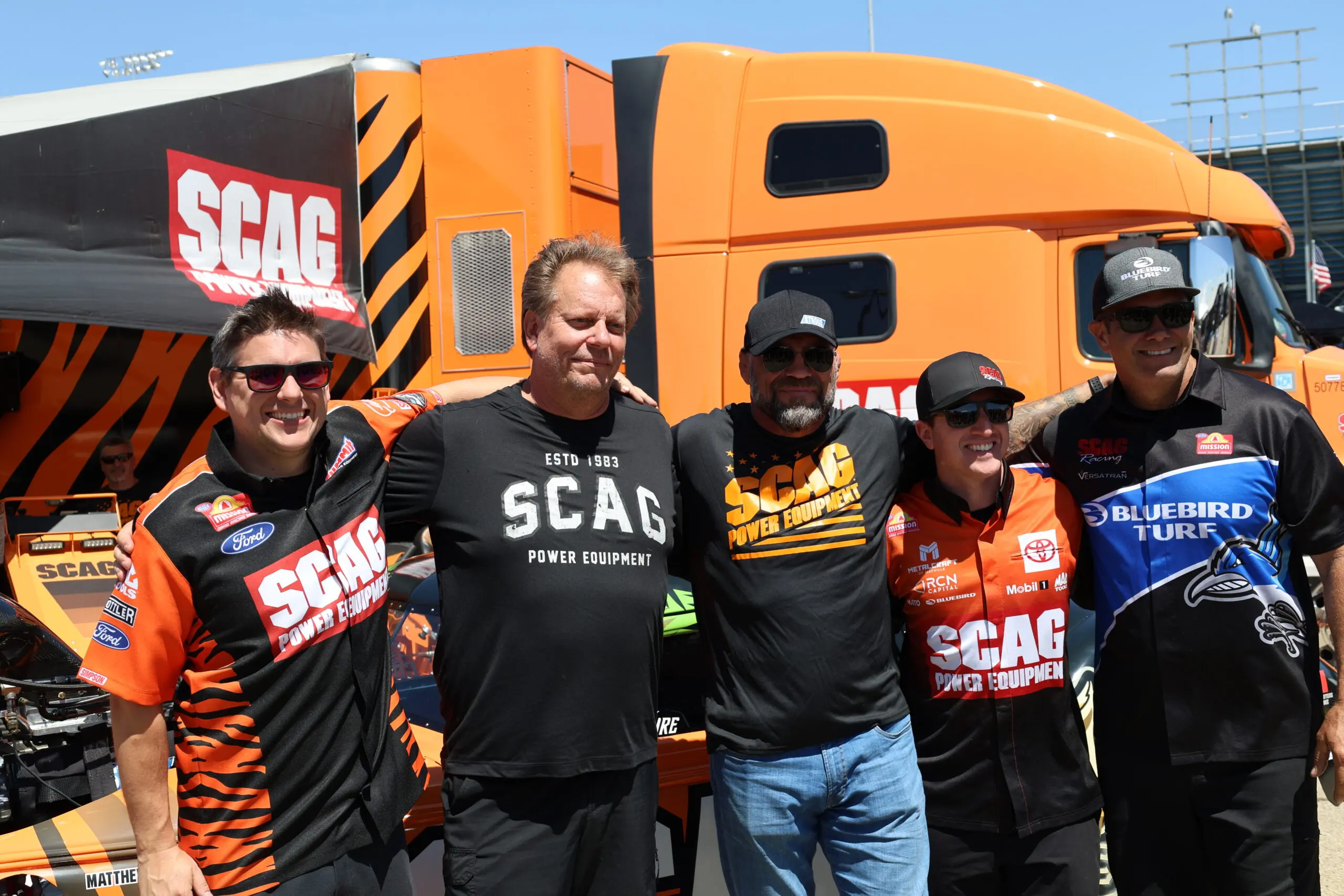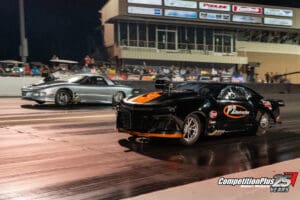The Professional Drag Racers Association’s Pro Street class has quickly become one of the most popular divisions on tour, bringing back the flavor of Outlaw 10.5 racing and the old NMCA Pro Street showdowns that once featured names like Pat Musi, Tony Christian and Annette Summer.
Unlike Pro Nitrous and Pro Boost, which split power adders into separate categories, Pro Street throws nitrous, blowers, ProChargers and turbos into the same ring. The result is a fan-friendly “bunkhouse match,” where every combination takes its shot on a 33×10.5W tire.
Race director Tyler Crossnoe said the idea was to tap into nostalgia while giving the series a unique showcase. “Pro Street’s kind of a new age Outlaw 10.5,” Crossnoe said. “They’re full-blown race cars underneath, but on the outside they look more streetable than a Pro Nitrous or Pro Boost car. That’s what makes it unique.”
Pat Musi, who helped shape NMCA Pro Street in the 1990s, sees the same appeal. “The stock body cars, they need to stay that way,” Musi said. “I like the fact they look like a ’69 Camaro or whatever the car is. That’s how the whole NMCA deal started with me and Tony. I even had roll-up windows in the beginning.”
Musi has also been vocal about recent rules adjustments. The PDRA added a 110-pound penalty to nitrous cars after Fletcher Cox’s standout 3.829-second run at Martin, a lap more than six-hundredths quicker than the next qualifier. Musi argued the move was too harsh. “When’d you ever see an organization hang 110 pounds in one shot?” he said. “Fletcher made a hero run. One run, and they put 110 pounds on a nitrous car. Two nitrous cars, the rest are blowers.”
Cox, the retired NFL defensive tackle turned racer, said he was drawn to Pro Street for its competitiveness and its connection to Outlaw 10.5 roots.
Doorslammer racing venues such as Cecil County Raceway in Maryland, are paying close attention to the Pro Street movement. Count Cox in as one of those paying attention.
“It’s competitive, man,” Cox said. “It’s bringing out the old Outlaw 10.5 stuff. Don’t be surprised if me and the boys make a trip to a few races.”
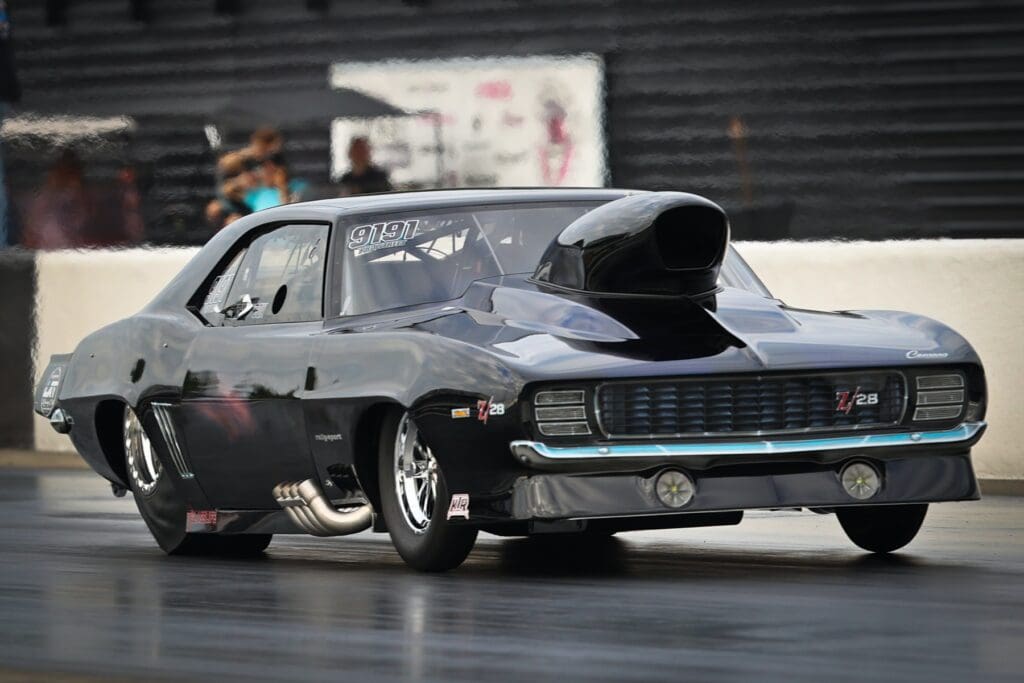
Crossnoe said that variety is what makes the class stand out. Cars like Ethan Steding’s Camaro or Blake Denton’s “Bonnie” Camaro might share similar drivetrains with Pro Boost machines, but the smaller tire demands a different style of driving and tuning.
“You can’t go out and pour the coals to it as early in the run because you’re limited on a 10.5 tire,” Crossnoe said. “That challenge is what makes it different, and that’s why it fits so well with PDRA.”
He added that maintaining parity between combinations will always be a balancing act. “There’ll never be a perfect rulebook,” Crossnoe said. “But you make it as close as you can for all the conditions and let them battle it out.”
For fans, the show is what matters. Pro Street cars maintain a stock-bodied look while delivering three-second runs and trap speeds well over 180 mph. The mix of nitrous, blower and turbo combinations ensures variety on every qualifying sheet and unpredictability on race day.
Musi said keeping the stock appearance will be key to the class’s future.
“I think we need that stock-appearing car,” he said. “I think they’re cool. They stand out there.”
As the division grows, racers like Denton, Steding and Cox are carving out rivalries while connecting to the era Musi helped pioneer. For the PDRA, Pro Street represents a bridge between history and modern technology — and a reminder that unpredictability is still one of drag racing’s greatest draws.





